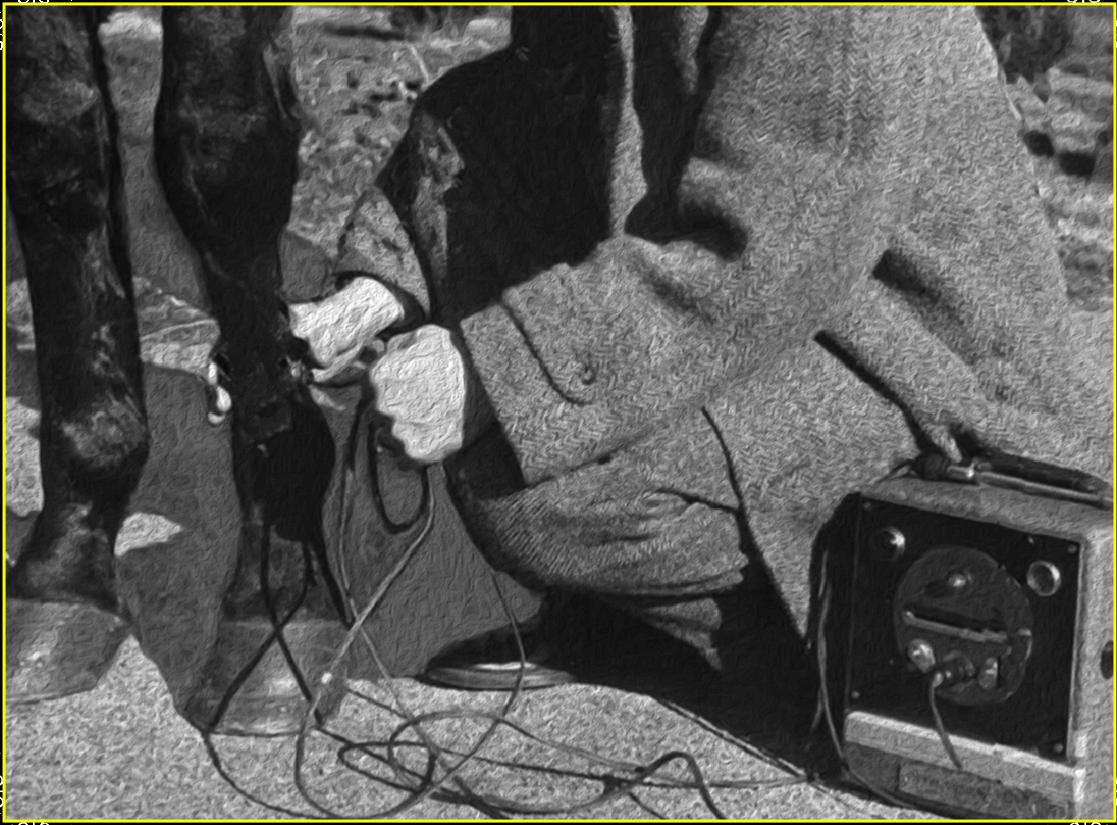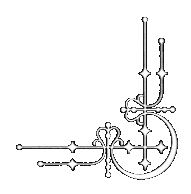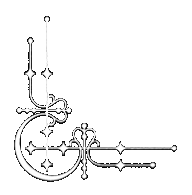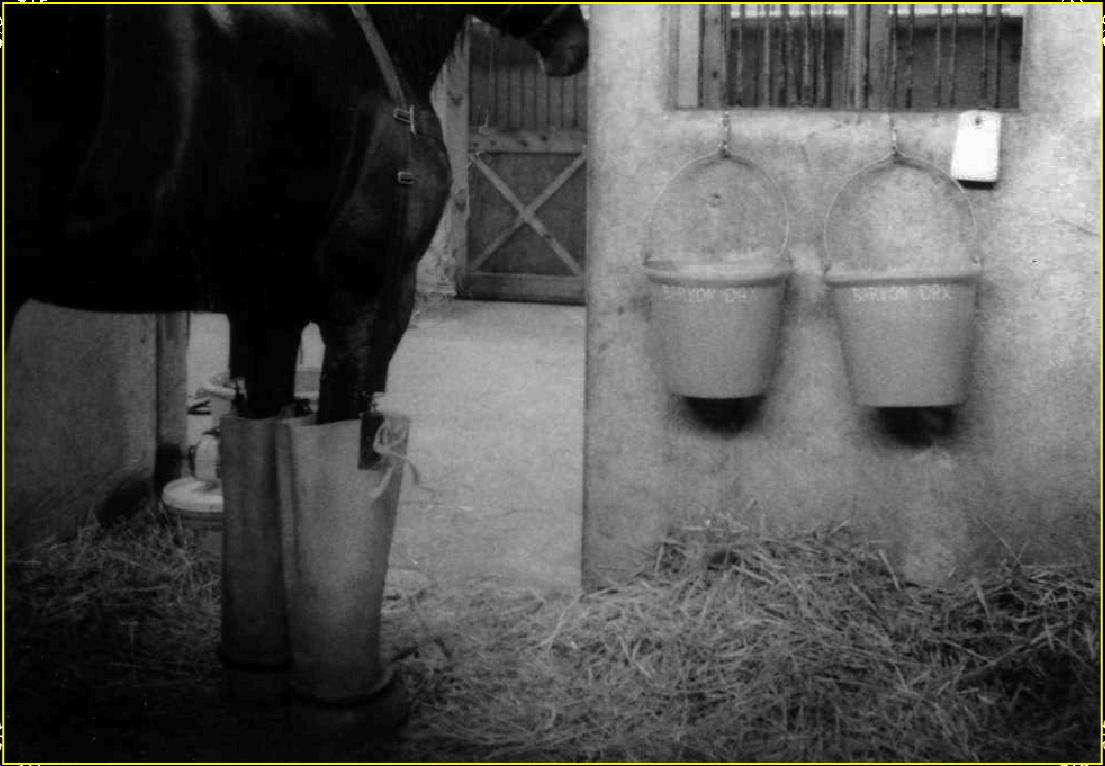Herbal simples (one herb) and compounds (multi-herbs) have been applied to veterinary medicine in a number of varied modalities for centuries. Some of the more common administrative routes are:
Liniments ...................... usually prepared in an alcoholic solution with an oil or soap base. This allows lubrication of the fingers when the liniment is applied. Afterall, what is a liniment without therapeutic massage? Liniments are formulated for topical application to the horse and designed to induce certain neural and vascular reactions. Counter-irritation is the most common effect desired in the large majority of liniments but certainly not the only one possible.
Washes/Bathes ........... utilizes the universal solvent, water, as the primary base. Alcohol and glycerin may be present in small amounts acting as a preservative and aid in the solubility of herbs. They are like liniments designed for topical application on the horse, but are considered less potent in strength.
Braces .............................. contains primarily an acetone base, but can also have alcohol combined in solution. White gasoline (containing no additives) has also been used as a base.
Paints .............................. usualy painted on a body part with a tooth brush-like applicator. It is similar to liniments, only stronger in action. Counterirritants commonly applied as paints and blisters, but paints can have many varied goals. I particularly like a comfrey paint for tendon, joint, ligament injuries.
Freezes ............................. contains primarily an ether base.
Sweats .............................. almost always has a glycerin base. When applied to the horse, plastic or wax paper is wrapped over the topical application followed by stable bandages which should produce a sweat effect.
Poultices ......................... are applied as soft, semi-liquid topical applications to various parts of the body. Cataplasms or poultices have been a long mainstay in herbal medicine as well as race horse therapy. Poultices consist of water and various mineral/herbal materials. They are commonly applied direct to the hide as a mud. Depending on one's theory, either plastic or brown paper next covers the poultice and separates it from the normal stable bandages.
Dressings ........................ are very similar to salves but differ by remaining semi-solid at body temperature.
Salves .............................. usually involves herbs infused into a fatty base of some type, such as hog lard or olive oil. As expected, salves are semi-solid preparations that are designed to be applied to the external body. They should soften when contacting the animal's body heat.
Drenches ......................... the liquid administration of the herb in tincture, syrup, infusion, or concoction forms.
Vapors ............................. are herbal preparations designed to carry its medicinal properties into the animal's lungs.
Crude Herb ........................... the leave, root, berry, etc. of the herb fed directly to the horse in feed or bolus form..

















